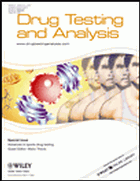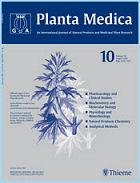
“Animal studies and preliminary clinical trials have shown that cannabidiol (CBD)-enriched extracts may have beneficial effects for children with treatment-resistant epilepsy.
We describe the cases of two children with treatment-resistant epilepsy (Case A with left frontal dysplasia and Case B with Dravet Syndrome) with initial symptom improvement after the introduction of CBD extracts followed by seizure worsening after a short time.
The children presented typical signs of intoxication by Δ9-THC (inappropriate laughter, ataxia, reduced attention, and eye redness) after using a CBD-enriched extract.
The extract was replaced by the same dose of purified CBD with no Δ9-THC in both cases, which led to improvement in intoxication signs and seizure remission.
These cases support pre-clinical and preliminary clinical evidence suggesting that CBD may be effective for some patients with epilepsy.
Moreover, the cases highlight the need for randomized clinical trials using high-quality and reliable substances to ascertain the safety and efficacy of cannabinoids as medicines.”










